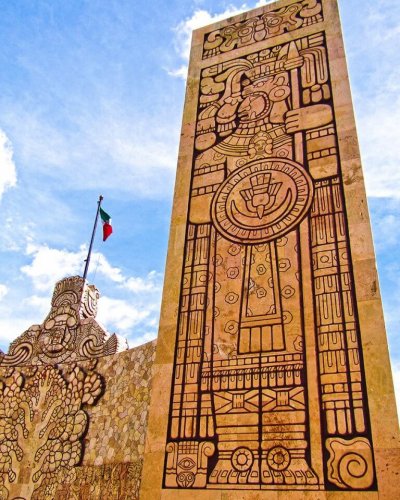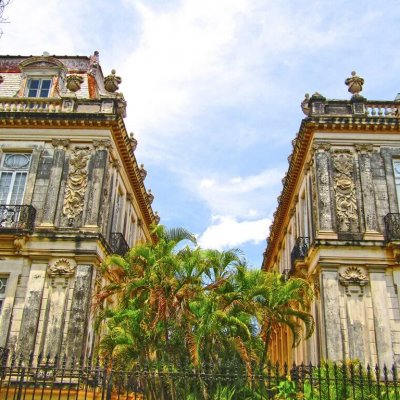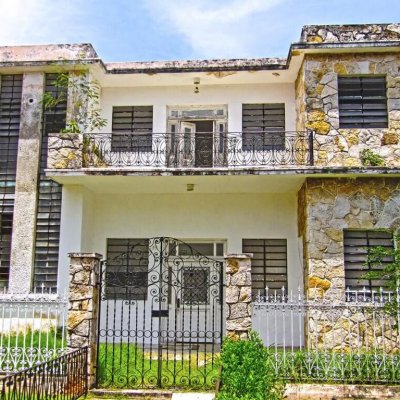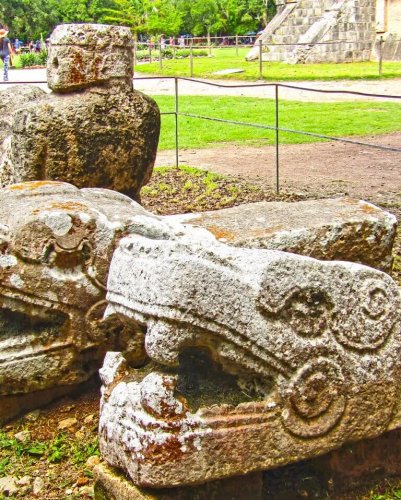Lesson Learned
Among other things,
long term travel is meant to teach, right?
I can’t help but believe that I’m meant to learn on this journey, all be it At A Puttering Pace, knowledge is the expected outcome. The city of Mérida has done an excellent job teaching me a little something about appreciation.
I spent 15 days in Mérida and complained for 13 of them. Now that I’m gone, I miss her. Scrolling through my photos and reflecting on my visit, I consider how much better things could have been if I’d have appreciated more instead of complaining about what was missing. Now,
I’ll attempt to pay tribute to an exceptional teacher.



Walking History
Having had good luck with the free walking tour in San Cristobal, I chose to begin things on in Mérida the same way. While there were no brownies or tasty samples, the tour did a great job detailing Yucatan’s past, which shapes the Mérida we see today.


In the late 18oo’s and early 1900’s, Mérida was full of millionaires due to Yucatan’s prosperous henequén. Derived from the native Agave, henequén, used to make rope and twine, resulted in substantial wealth for the state. Since the rich needed a place to live, they built elaborate colonial homes in Mérida, many of which still line the streets in various states of disrepair and renovation. Most notable and my personal favorite, is Paseo de Montejo street. Here you can see both, the restored mansion turned museum, bank or insurance company sitting next door to abandoned, decaying reminders of past glory.
Chichén Itzá
A World Wonder
As with much of Southern Mexico, Mérida grew from the once thriving Mayan city of T’ho. You can brush up on Mayan history and culture at the Mayan World Museum of Mérida and/or witness the ancient ruins up close with a day trip to Chichén Itzá, one of the seven wonders of the world.
A guided day trip to Chichén Itzá includes lunch and a refreshing dip in a stunning cenote or sink hole, the aftermath of collapsed limestone bedrock that exposes the groundwater underneath. According to Wikipedia, there are over 6,000 different cenotes in the Yucatán Peninsula alone.



Carved Mayan stones from ancient T’ho were used to build much of the Spanish colonial version of the Mérida you see today. A bitter sweet reminder of Spain’s conquest, indigenous enslavement, pyramid demolition and recycling of the limestone rubble to rebuild the city in the Spanish image. Somber yet captivating, I am grateful for her lessons.
1 thought on “Appreciating Merida”